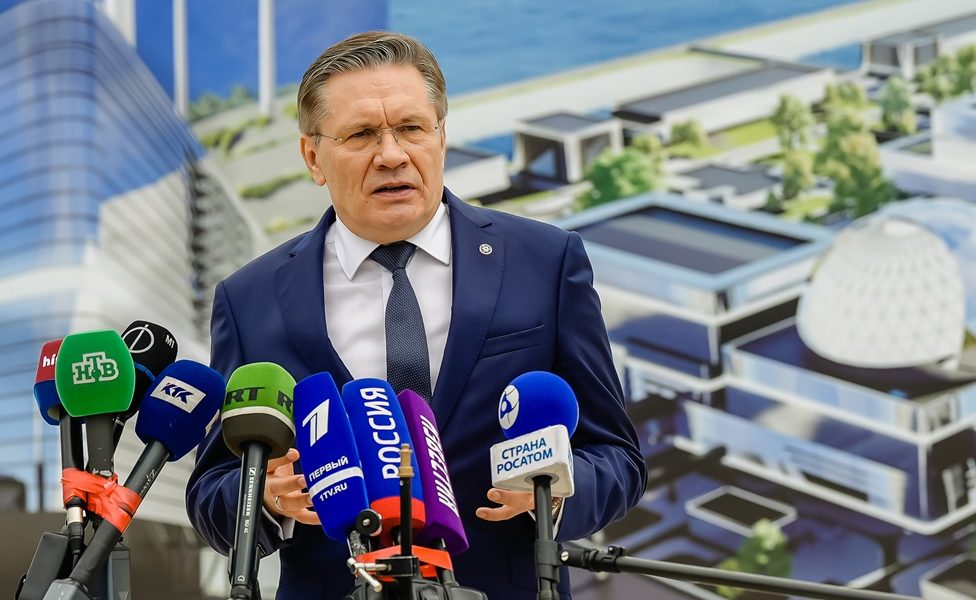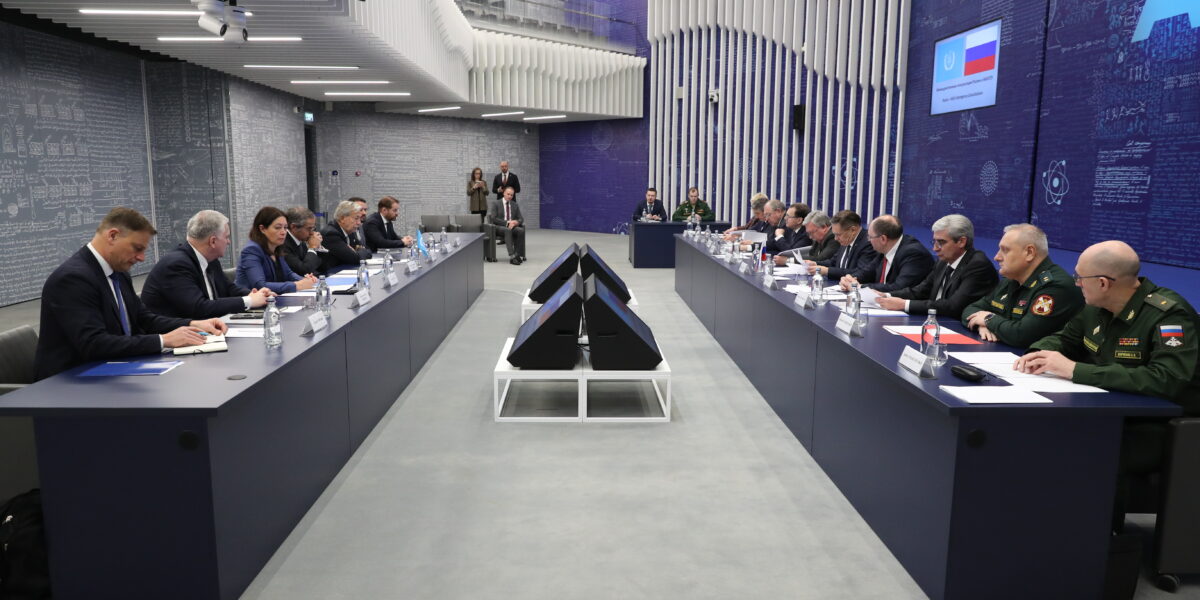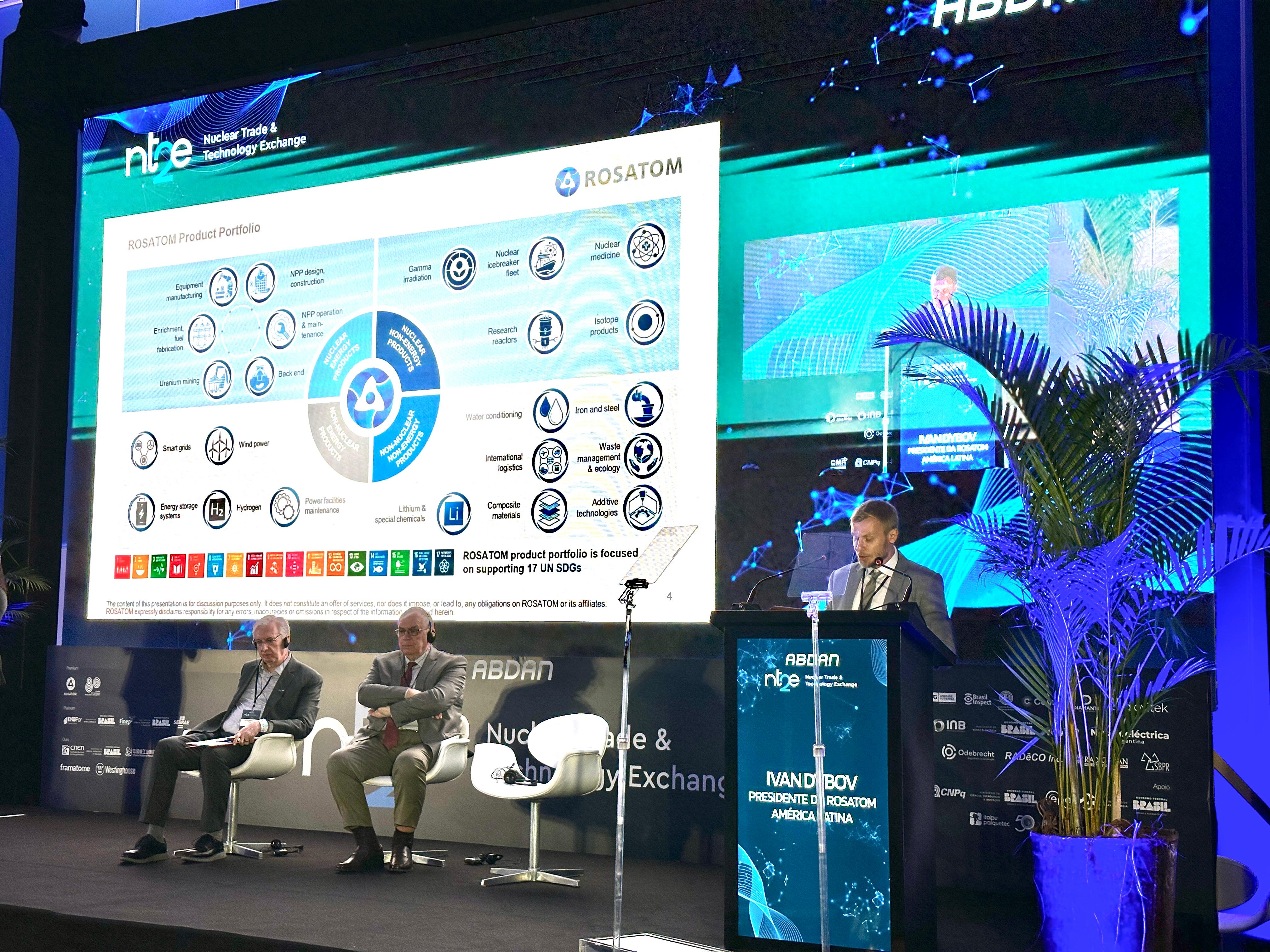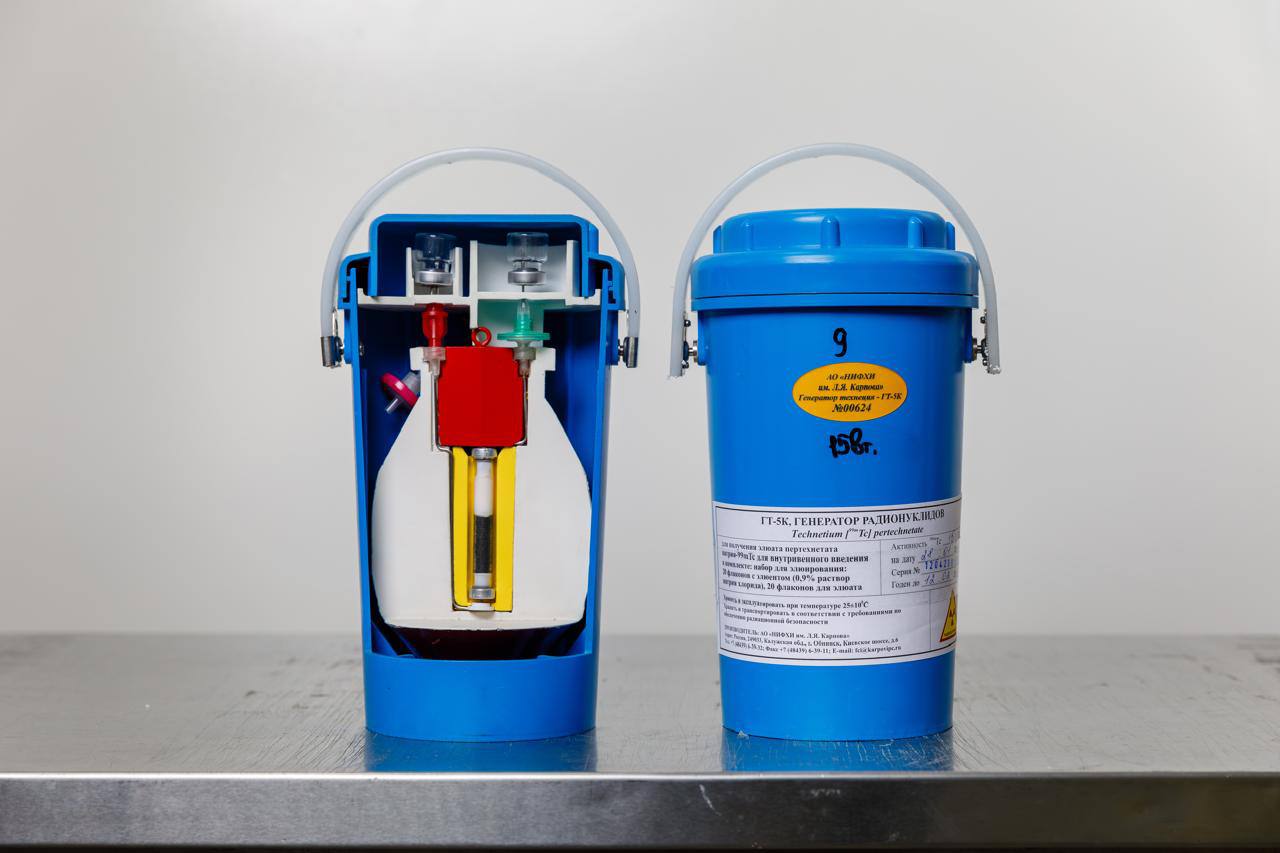Here is a transcript of the media scrum.
Alexey Likhachev: I am delighted and very proud to welcome you at the ceremony marking the delivery of fresh nuclear fuel to the Akkuyu Nuclear Power Plant. This is a very exciting moment for everyone. If compared with a human life, it is like the first breath of a child. There is still much ahead: the child will be given a name, learn to walk and talk. But the first breath has been taken and the world has been told: there is another nuclear facility on our planet.
The Akkuyu project has a few clear distinctions. First, this is the world’s largest but very compact construction site for today. There are four reactor units built in parallel, each at a different stage of construction. This reminds of an assembly line: it begins with foundation concreting and installation of the core catcher; the walls grow, and so does the containment; the reactor pressure vessel is then put in place, followed by the steam generators, pumps and other equipment. And now the general construction works at Unit 1 are nearing completion. This autumn we are planning to proceed with commissioning. This is a complex procedure that will be supervised by the Turkish and Russian regulators and, of course, followed in full compliance with the IAEA rules and standards.
There is another distinction I would like to mention: the managers of the project and its leader Anastasia Zoteeva (CEO of Akkuyu Nuclear) really treat this facility as a work of art. There is a large team of industrial designers working on the exterior of the power plant to make it look beautiful and advanced. We really hope it will be the world’s most beautiful power plant.
— Would it be correct to say that Akkuyu is just a starting point of collaboration with Turkey in nuclear energy? The country is planning to build another nuclear power plant in Sinop on the Black Sea coast.
Generally speaking, Turkey is going to build a few more nuclear power plants. They will be powerful four-reactor plants, including the one in Sinop. To put it emphatically, we strongly support this decision. What is more, a very effective cluster of Turkish contractors has emerged around the Akkuyu site. Over 400 Turkish companies have either signed service contracts or built joint production and supply chains with us. Local content in our Turkish project will increase from unit to unit. Furthermore, it will increase from plant to plant. We are ready to localize the production of all the systems and equipment for a large nuclear power plant to the maximum extent possible, except for the nuclear island, control systems and safety systems. By the way, production of equipment for small modular reactor might also be considered. It would not be right to stop and cut off this nuclear cooperation that has taken shape in recent years.
Speaking officially, we are aware of the Turkish Government’s plans, we endorse them, and we are preparing for the start of official negotiations. It is up to the Turkish Government to decide when those talks start. But I would like to stress that we have definitive proposals on the technical concept, degree of local content, project economics, and management approaches.
— You have already mentioned commissioning plans for this autumn. Could you please tell us about the commissioning phases, such as first criticality, first power, etc.?
— We will proceed with commissioning in November. This is a complex, strictly regulated process: first, individual reactor systems are tested using dummies, and then these systems are tested as a whole. And only after that do real commissioning operations begin. The entire process takes many months, but anyway we plan to bring the reactor to criticality next year and continue with gradual power ascension so that it can sustainably generate power by 2025 as provided for in the intergovernmental agreement signed between Russia and the Republic of Turkey.
— Akkuyu is the world’s first nuclear facility built under the Build-Own-Operate model. Why was this model chosen for Turkey’s first nuclear power plant?
I am especially pleased to hear this question from our Hungarian friends. Indeed, we are considering other measures that can be taken in Hungary to speed up the Hungarian project. The Turkish experience is interesting in this sense.
Why is it interesting? This is really the world’s first nuclear facility that is built under the BOO (Build-Own-Operate) model. Acting through its Turkish subsidiary, Rosatom has designed, is building, and will operate the nuclear power plant. This approach has certain advantages: it bridges the gap between the contractor and the customer and minimizes differences in views and opinions regarding production processes at the construction stage.
The second thing is that this approach definitely optimizes project costs because Rosatom is not interested in receiving extra profits when building the nuclear power plant. It is important for us to build the nuclear power plant as quickly and cost-effectively as possible and to start its safe operation as soon as possible. Besides, we are now acquiring a valuable experience and will draw on it at other facilities. Sooner or later, we will be able to talk about this experience to our Hungarian partners.
— Has the Russian-Ukrainian conflict affected the project timing?
— The Turkish project has experienced the maximum pressure, the maximum number of challenges. They include three years of the pandemic, political pressure, sanctions imposed on Russia and Rosatom companies, and a terrible earthquake that took tens of thousands of lives in Turkey. Nevertheless, we are moving forward as scheduled and even ahead of schedule, together with our Turkish partners and despite all those challenges. No argument that all of the above circumstances have affected the project, but we are confidently moving forward thanks to the coordinated teamwork between Russia and Turkey, support from the two governments, and personal interest of both President Erdogan and President Putin in this project. I would like to emphasize that our leaders play not only a representative role in the project but also take part in a day-to-day work. It could be said our leaders are engrossed in the project, making decisions that ensured its development and progress.





